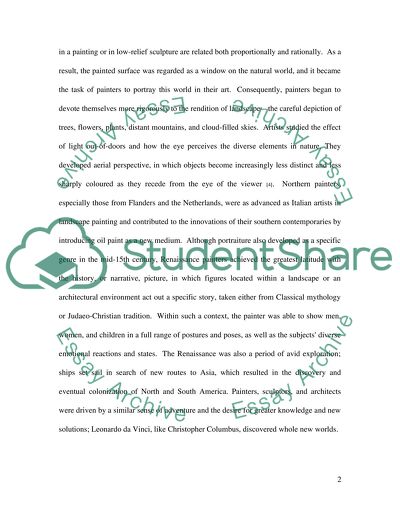Cite this document
(“Renaissance Art and Music Essay Example | Topics and Well Written Essays - 2500 words”, n.d.)
Retrieved from https://studentshare.org/culture/1500292-renaissance-art-and-music
Retrieved from https://studentshare.org/culture/1500292-renaissance-art-and-music
(Renaissance Art and Music Essay Example | Topics and Well Written Essays - 2500 Words)
https://studentshare.org/culture/1500292-renaissance-art-and-music.
https://studentshare.org/culture/1500292-renaissance-art-and-music.
“Renaissance Art and Music Essay Example | Topics and Well Written Essays - 2500 Words”, n.d. https://studentshare.org/culture/1500292-renaissance-art-and-music.


